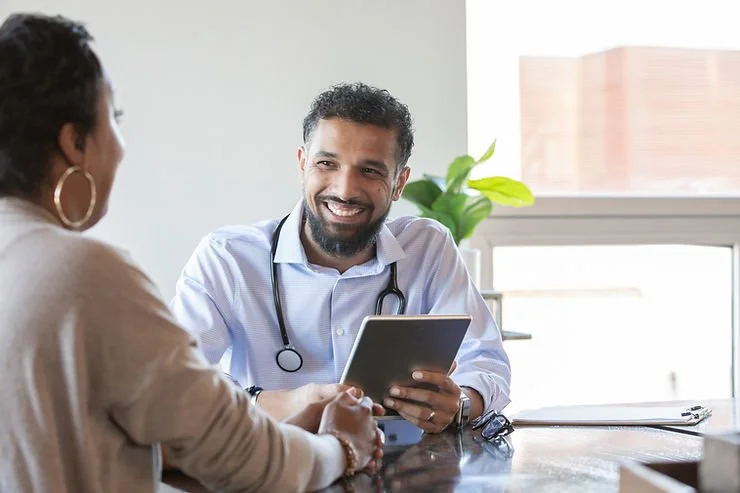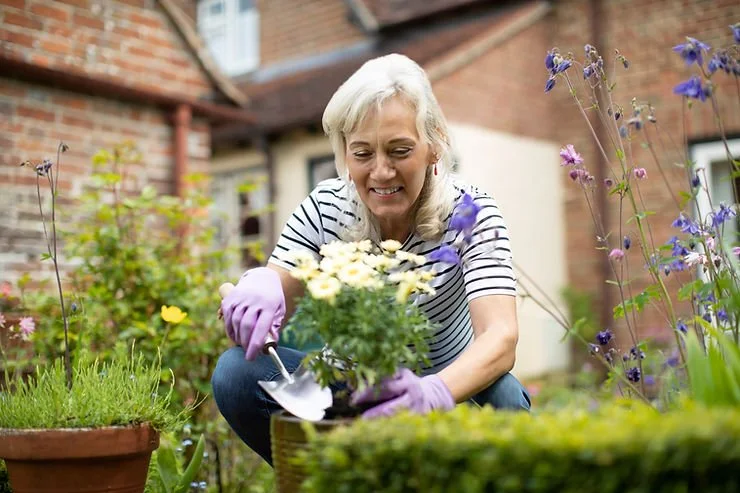What is Bladder Pain Syndrome and how can I get help?
Author: Caroline Escande
Why does BPS happen?
The reason that some people get Bladder Pain Syndrome (BPS) (also known as Interstitial Cystitis, IC) is still not well documented and plenty of research is currently being done. There are many different presentations of BPS; from bladder lesions, to allergic reactions, to varying pelvic issues. We still don’t know triggers or specific origin; we only know it is a complex and multifactorial disease. A previous bladder injury, recurrent UTI episode as well as genetic involvement might increase the risk of developing BPS.
BPS is surprisingly common, and as many as three to eight million women and one to four million men in the United States may have IC/BPS. [Urology Care Foundation, Feb 2023]
What does Bladder Pain Syndrome feel like?
Pain/discomfort when the bladder is filling, and pain is relieved after emptying your bladder.
Increased urgency (sensation of need to go to the loo), increased frequency of voiding (number of times you empty your bladder), amongst other urinary symptoms.
Symptoms might be part of other pelvic pain
Symptoms last for more than 6 weeks
How do you get diagnosed with BPS?
Diagnosis can be very long, as there is still no specific test to diagnose it. Diagnosis is only made after other conditions are ruled out (infection, cancer..) and so it takes time, diagnosis usually occurs 7 years after the first symptoms.
Photo: patient talking through their symptoms with their doctor
What can I do?
Reach out! Talk to your GP to rule out other diagnoses, as you may need to have investigations first.
Change of lifestyle: noting down your day-to-day triggers and noticing what makes you feel better and worse can be helpful.
Food and drink: help from a dietician could be a solution if you're having trouble changing your diet for your bladder symptoms.
Pelvic Health Physiotherapy: improving pelvic floor muscle control can help to reduce symptoms.
Activity and mindfulness; if you can find activities to settle your nervous system and feel better in general, that can help to reduce your symptoms. Having some feel-good time everyday is a strong remedy to how we perceive pain.
It is important to know that usually a combination of all of the above is necessary to feel improvements.
Photo: Picture of woman gardening; enjoying herself and settling her nervous system.
So what's the answer?
BPS is not a straight-forward condition, and you will need a village to support you. It might be several different healthcare professionals and treatments that will be the best answer for you; everyone is different. For this reason, your treatment plan will be tailored to you only.
What does pelvic physiotherapy for BPS involve?
Your pelvic physiotherapist will help you find practical solutions that suit your personal bladder triggers, help with self-management, and may offer hands-on manual therapy to the pelvic area, if appropriate.
You can book in with Caroline for:
Pelvic Initial Assessment (Bladder pain, Interstitial Cystitis, Incontinence) £100 for an initial assessment of 1 hour.
Reference:
1. Clemens, J. Q., Erickson, D. R., Varela, N. P., & Lai, H. H. (2022). Diagnosis and Treatment of Interstitial Cystitis/Bladder Pain Syndrome. The Journal of urology, 208(1), 34–42. https://doi.org/10.1097/JU.0000000000002756



